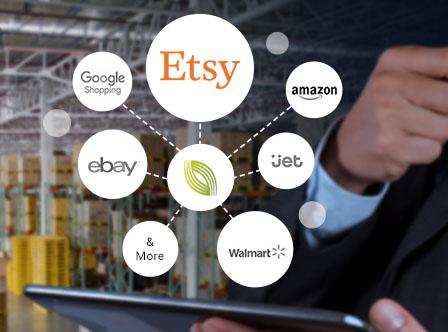The concept of electronic commerce (e-commerce) can be traced back to the 1960s when electronic data exchange was first introduced. EDI allowed businesses to exchange documents and information electronically instead of paper-based methods.
In 1979, British inventor and entrepreneur Michael Aldrich developed the first online shopping system. His system used a television set as a display screen and a telephone as a transaction device.
The development and spread of the internet in the 1980s led to the growth of online shopping.
In 1994, the first secure online transaction was completed using Mosaic and SSL. This was a significant milestone in the development of e-commerce as it demonstrated that it was possible to transmit sensitive information securely over the internet and paved the way for the spread of online shopping.
Secure Sockets Layer (SSL) is a protocol used to establish secure connections between networked computers. It is often used for secure communication over the internet, such as the transmission of sensitive information such as credit card numbers or personal data. SSL uses encryption to secure data transmission and authenticate the parties involved in the communication.
Mosaic was a web browser developed in the early 1990s by the National Center for Supercomputing Applications (NCSA) at the University of Illinois at Urbana-Champaign. It was one of the first graphical web browsers and played a major role in the popularization of the World Wide Web. Mosaic was eventually discontinued in 1997, but its legacy lives on in modern web browsers, many of which incorporate features first developed in Mosaic.
In 1995, Amazon.com, now one of the world’s largest e-commerce companies, was founded by Jeff Bezos.
In the late 1990s, the dot-com bubble saw a significant increase in the number of e-commerce companies, many of which failed during the subsequent market crash.
In the early 2000s, e-commerce began to mature and become widespread. Online payment systems such as PayPal were developed and helped increase consumer confidence in online shopping.
With the proliferation of smartphones in the 2010s, mobile commerce (m-commerce) became more widespread. This allowed consumers to shop online using their mobile devices.
In recent years, social media and messaging applications have also begun to be used as platforms for e-commerce, with features such as the buy button and chatbot.
Today, e-commerce has become a major industry, and online shopping has become a popular and convenient option for many consumers around the world.


